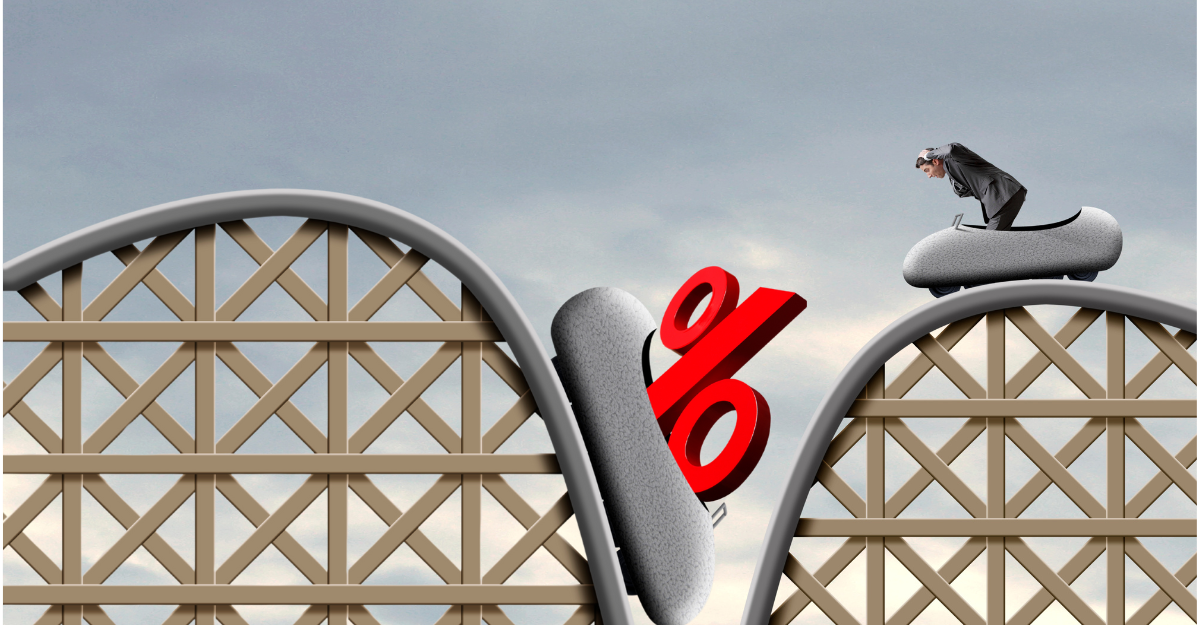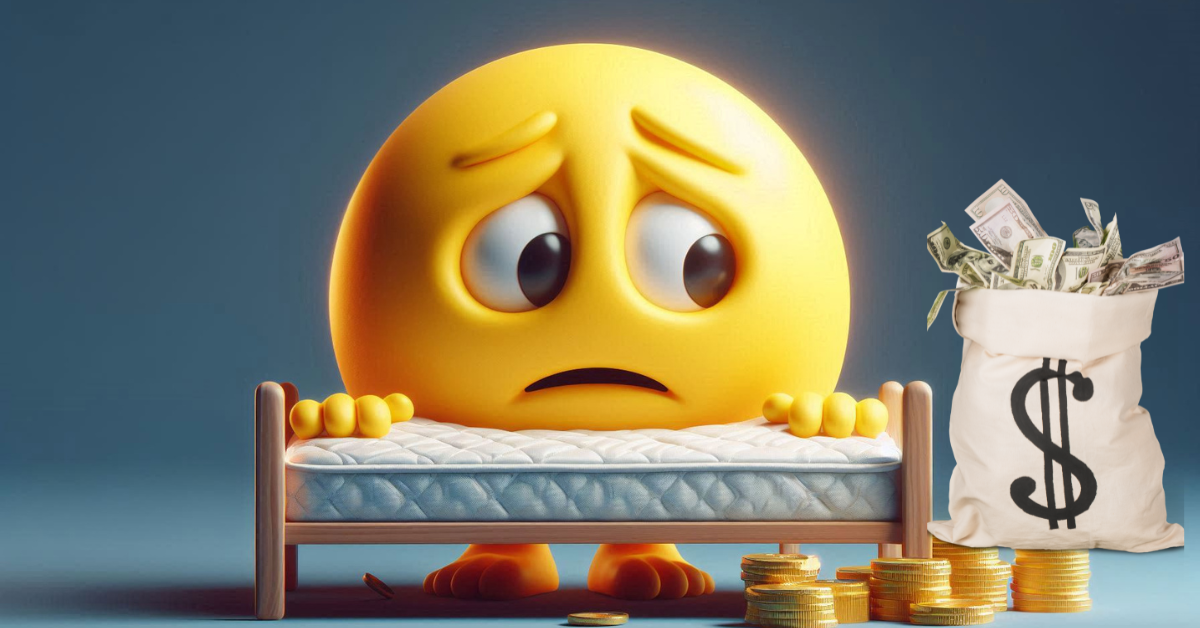Don’t Make Financial Moves Without This Knowledge
Interest Rates: The Sneaky Influencers of Your Investments
When the folks in charge decide to raise interest rates (The Federal Reserve), they are turning up the price of money. Suddenly, getting loans for big purchases becomes more costly. The higher the interest rate, the more you’ll pay to borrow. This often leads to people and companies tightening their belts and cutting back on spending and investing.
Why change the interest rates?
The Federal Reserve is like a central bank for the United States. Its job is to monitor inflation to keep the economy healthy and stable. Unfortunately, the Fed believes the best strategy is to adjust interest rates.
I’m not here to give you an economics lesson, but everyone should understand inflation. We often think of inflation as bad, but it’s simply the rise in prices of goods and services over time. This is something we actually want. Wages and earnings are part of what it costs a company to produce goods or deliver services. If they can charge more for their products, they can afford to pay more for the skills (your skills) that are needed to do the work.
When the economy slows down:
- It often means that people spend less and businesses produce less.
- Prices don’t accurately reflect the value of goods and services.
- Businesses that have a surplus of goods and services cannot sell at their desired prices.
The Federal Reserve then tries to boost the economy by lowering rates to encourage borrowing and spending.
What does all this have to do with your money?
When the Federal Reserve changes interest rates, it can affect your personal finances in a few ways:
Savings
If interest rates go up, you’ll earn more interest on your savings accounts and CDs. If interest rates go down, you’ll earn less.
Borrowing
If interest rates go up, borrowing money for things like mortgages, car loans, and credit cards costs more. On the flip side, when interest rates drop, money goes on sale, and borrowing gets cheaper.
Investing
Interest rates can also impact the stock market and other investments. When rates are lower, companies are more inclined to spend and invest, which drives economic growth and often leads to higher stock prices. Additionally, lower interest rates make bonds and savings accounts less appealing, prompting more people to turn to the stock market in search of better returns, which also helps increase stock prices.
But it’s not just stocks. Bonds also dance to the interest rate tune. When interest rates rise, new bonds offer higher returns, making old ones with lower returns less appealing and causing their prices to fall. When rates drop, the older bonds with higher returns become hot commodities, and their prices go up.
This is why diversifying your investments is essential. The stock market isn’t the only place to invest. I’m a big fan of high-yield savings accounts and CDs (certificates of deposit). They tend to pay more interest than typical savings accounts. Here’s how they respond to rate changes.
When rates rise:
- CDs and High-Yield Savings Accounts become more attractive. Banks typically raise the rates to compete for deposits, meaning you can earn a higher interest rate on your savings.
- Fixed-rate CDs that were opened before the rate hike might earn a lower interest rate than those currently available.
When rates fall:
- Banks reduce their interest rates, so new savings and CD accounts may not offer as much.
- Existing CDs may still have higher rates locked in before the drop, which can be good.
Despite the fluctuations, high-yield savings and CDs are suitable investments that protect your cash and provide a guaranteed return.
To sum it up, interest rates are the silent hand guiding where the money flows. They affect not just your stocks but all sorts of investments. Just understanding this gives you a leg up in managing your own financial strategies.
What should you be doing?
- Stay informed: Not only about interest rates but about anything that can affect your savings and borrowing decisions.
- Put your money to work: You don’t need a lot to start. Just because rates go up and down doesn’t mean you should keep your funds in a shoe box. Every little bit of interest earnings moves you one step closer to financial freedom and flexibility. It’s easy to begin saving or investing with even a tiny amount.
Most importantly, keep reading our posts to keep building your financial confidence.
Final Note: The information provided is for educational purposes only and should not be considered investment advice. For personalized guidance on your investment decisions, consult a licensed financial expert.
Resource: Federal Reserve – https://simple.m.wikipedia.org/wiki/Federal_Reserve
Got something out of this? Don’t keep it to yourself—share it!
More on Money…
Please check back, we're working on something powerful.



